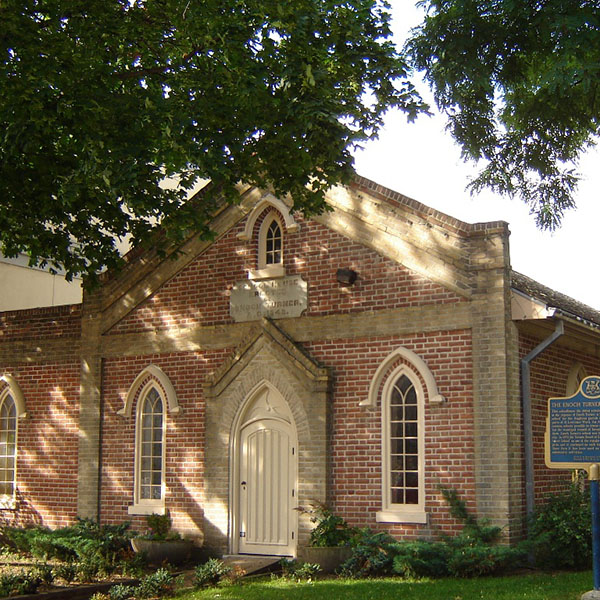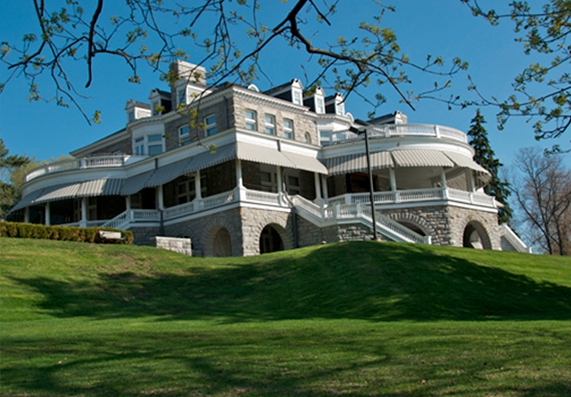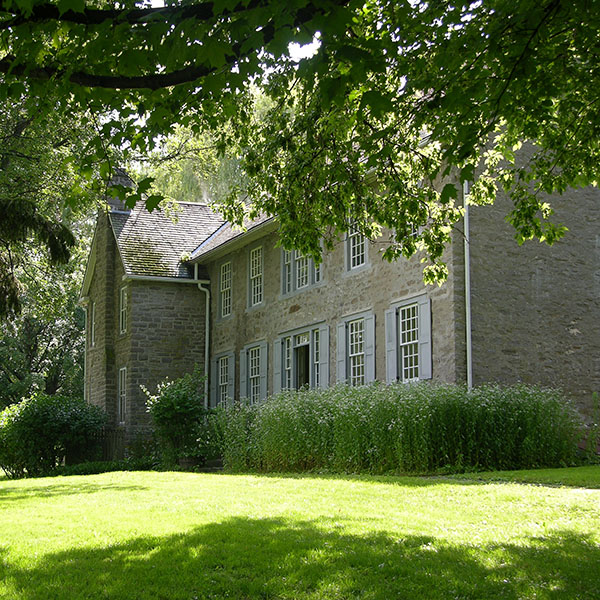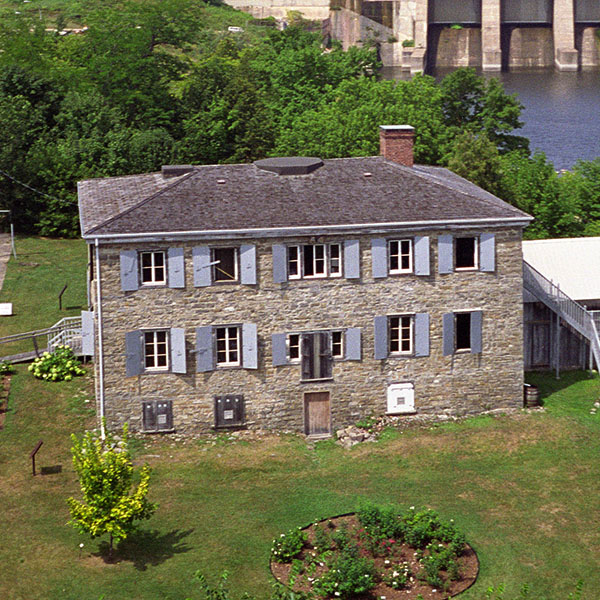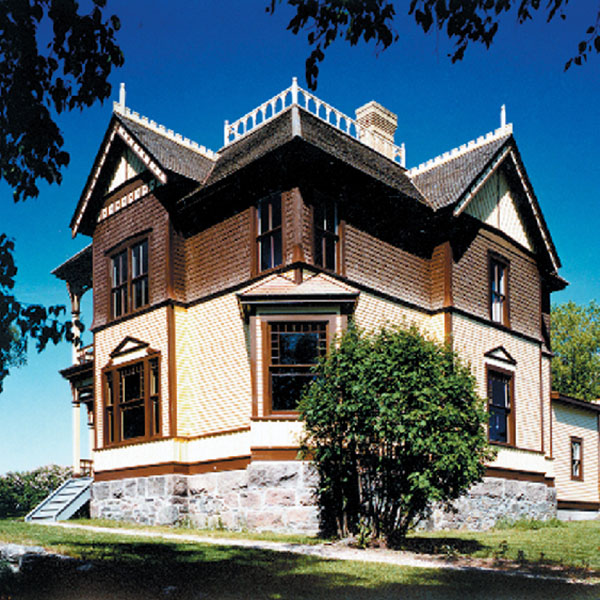Menu
While the museum is now closed for the season, we are still open for groups of 15 or more by appointment.
History
Early years
Josiah Henson was born into slavery in Charles County, Maryland about 1796. During his enslavement, he was separated from loved ones and endured unimaginable abuses. He was once beaten so badly at the hands of an overseer that both his shoulder blades were broken. As a result of these injuries, he was maimed for life. Throughout this time, Henson found comfort in his faith and the Methodist church. He began preaching and was eventually ordained a minister. In 1829, he arranged to purchase his freedom with the money earned from his preaching. But he was betrayed by his master and taken to New Orleans to be sold. He fled northwards along the silent tracks of the Underground Railroad to escape slavery.
Henson did not make the journey to freedom alone. He brought his wife and their four children, whom he would often carry on his back. The Henson family travelled on foot by night and hid in the woods by day. After a long and dangerous six-week journey, the Hensons arrived on the Canadian shore on the morning of October 28, 1830.
Henson quickly asserted his leadership as a preacher and conductor on the Underground Railroad. He worked with energy and vision to improve life for the Black community in Upper Canada (now Ontario). After this dramatic escape from slavery, “Father Henson” quickly attained the status of leader within the Underground Railroad community in southwestern Ontario.
The Dawn Settlement
Josiah Henson used his freedom to help establish the Dawn Settlement – a community where Blacks could share their skills, labour and resources to help each other and give aid to newly arriving settlers. This spirit of co-operation was embodied by the church, one of the Black community’s most important institutions. The church served as a place of worship and a centre for meetings, educational, recreation and social activities.
At the Dawn Settlement, crops such as wheat, corn and tobacco were harvested by the settlers. Locally grown black walnut lumber was also exported to the United States and Britain. A key element of the settlement was a vocational school co-founded by Henson – one of the first in Canada – that taught a variety of skills. Called the British American Institute, the school had access to the community’s farm land, sawmill, gristmill, brick yard and rope manufactory. The Institute opened in 1842 with a mandate to “cultivate the entire being, and elicit the fairest and fullest possible development of the physical, intellectual and moral powers.” Students would spend one part of the day in the classroom and another working at a trade. Items manufactured by the students were sold, with the proceeds going to the school. Female students learned domestic skills and male students worked at the mills or in the fields. A provincial plaque commemorates the Dawn Settlement and its many significant contributions.
Some members of the community returned to the United States after emancipation was proclaimed in 1863. Others remained, contributing to the establishment of a significant Black community in this part of the province.
The first edition of Henson’s autobiography was published in 1849 under the title The Life of Josiah Henson, Formerly a Slave, Now an Inhabitant of Canada, as Narrated by Himself. Six editions would eventually be published, between 1849 and 1883. Harriet Beecher Stowe used Josiah Henson's memoirs as reference material for her 1852 novel, Uncle Tom's Cabin. Henson's dramatic experiences and his connection with Stowe's book made him one of the most famous Canadians of his day.
Rev. Henson died on May 5, 1883. He is buried adjacent to the Josiah Henson Museum of African-Canadian History in the Henson family cemetery. He had continued to preach in Dresden’s British Methodist Episcopal Church each Sunday until his death. Henson was survived by several children and his second wife Nancy Gambril. His first wife, Charlotte, predeceased him in 1852.
"I'll use my freedom well"
Josiah Henson was an important advocate in support of literacy and education for Black Canadians and a devoted fundraiser for the
Institute. He travelled across Canada, the United States and, on three occasions, to England, in search of donations. He was also a committed conductor on the Underground Railroad and frequently made the dangerous trip to slave-holding southern states to encourage and facilitate the escape of enslaved Blacks to Canada.
Although maimed early in life, he helped to defend this country as captain of a Black militia group stationed at Fort Malden during the Rebellion of 1837. Henson also helped Black Canadians to join the fight against slavery during the American Civil War. At least 1,000 men joined the Union Army in different Black regiments after the ban on Black soldiers was rescinded in 1862.
To the schooner captain that had provided him and his family safe passage across the Niagara River so many years before, Josiah Henson had promised, “I’ll use my freedom well.” Prophetic words from a man of action. Henson indeed used his freedom well. From
providing for his family to establishing a thriving community in the Dresden area, Henson leveraged his own personal freedom into widespread freedom for all who wanted it. In returning to the southern United States, Henson took the Underground Railroad in reverse. He risked everything – his years of work, his freedom, his life – to bring others north from bondage. Henson would eventually personally lead over 118 enslaved persons north – to a land of new opportunity, to freedom.
Be sure to visit the “I’ll use my freedom well” exhibit at the Josiah Henson Museum of African-Canadian History. Through featured artifacts, vivid imagery and interpretive panels, you will be given a fresh look at the life of Josiah Henson.


